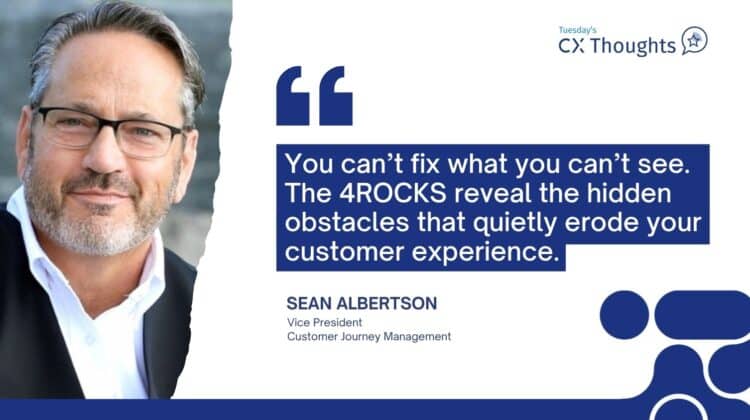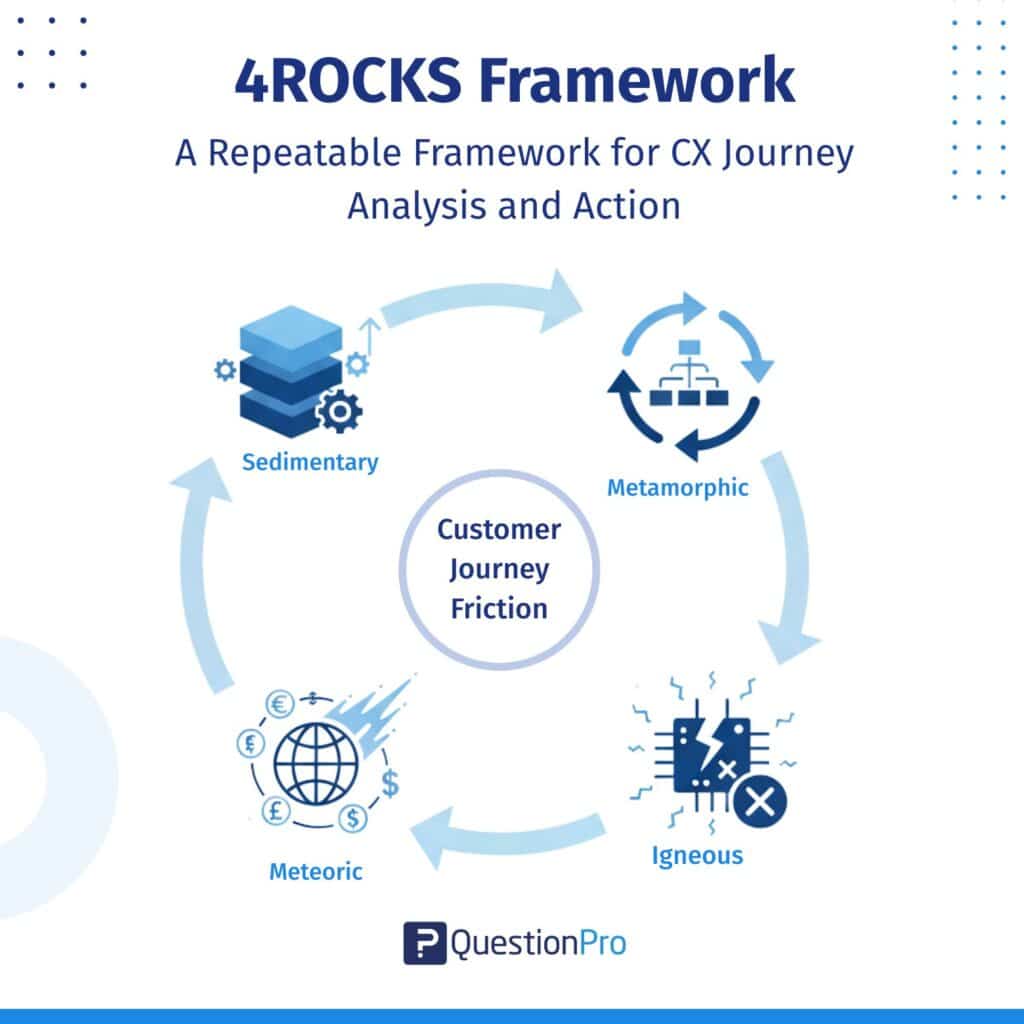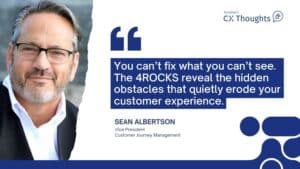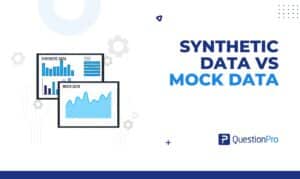
You can’t fix what you can’t see. The 4ROCKS reveal the hidden obstacles that quietly erode your customer experience.
Seeing the Journey Isn’t Enough, You Have to See the Friction
When organizations map the customer journey, they’re often focused on creating clarity: What does the customer experience from beginning to end? Where do they engage, and how do they feel at each step? These are important questions. But in most mapping efforts, what remains hidden are the internal and systemic causes of friction, the buried obstacles that slow customers down, create confusion, and erode trust.
This is where the 4ROCKS framework comes in. Developed through decades of hands-on work in customer experience and transformation strategy, 4ROCKS is a diagnostic tool that helps teams surface the specific kinds of barriers that degrade the customer experience. While most journey maps are great at visualizing what happens to the customer, 4ROCKS goes deeper by helping you understand why the journey breaks down and how to fix it.
Today, journey mapping is more critical than ever. With the rise of new contact channels like chatbots, messaging apps, voice assistants, and self-service portals, the customer journey has become increasingly complex and non-linear. Customers no longer follow a single path. They bounce between digital and human channels, often expecting continuity and consistency that many systems aren’t designed to deliver. Without a comprehensive map, organizations simply can’t see the full picture or the points where the journey falls apart.
My own research underscores the urgency: when a customer finds their experience “hard,” they are 13 times more likely to be disloyal. That’s not a small risk, it’s a massive signal that friction isn’t just frustrating; it’s expensive. Mapping is the first step to diagnosing that friction. But to truly understand and eliminate it, you need a system that categorizes and explains where that difficulty is coming from.
Meet the 4ROCKS
Understanding the 4ROCKS gives CX leaders a repeatable way to analyze journeys and prioritize action. Each rock represents a category of friction, and when you can name the rock, you can begin to chip away at it.

Sedimentary Rocks represent layers of separation and complexity that have built up over time. These might be outdated policies, siloed technologies, or legacy workflows that add steps and create confusion. They’re the accumulation of decisions made over years without revisiting their current impact. These rocks slow things down and make interactions harder than they need to be.
Metamorphic Rocks are formed under pressure from changes inside the organization. These include reorganizations, shifting strategies, or new leadership mandates. These rocks often cause confusion, misalignment, and inconsistent customer handling as internal teams struggle to adjust. What the customer experiences is breakdowns between departments and mixed messages.
Igneous Rocks come from internal eruptions like system outages, broken processes, or technology failures. These sudden disruptions create chaos both for employees and customers. Often, these rocks appear when systems aren’t maintained, fail under pressure, or when reactive measures replace strategic thinking.
Meteoric Rocks are caused by external, unexpected forces. Market shifts, global events, competitor innovations, or regulatory changes can all land like a meteor suddenly impacting the customer experience. While you can’t control them, you can design journeys that are more adaptable and responsive to these shocks.
By using 4ROCKS as a lens, teams move beyond surface-level fixes and get to the root causes of friction. This is especially powerful when done collaboratively across silos. Each department sees the journey differently, but the rocks are where they all intersect.
What Makes This Framework Different?
Unlike other journey diagnostics that focus purely on customer sentiment or performance metrics, 4ROCKS bridges the external and internal experience. It makes invisible barriers tangible and actionable. Teams can tag rocks directly on journey maps, use them as a shared vocabulary for prioritization, and bring them into workshop settings to co-create solutions.
The power of 4ROCKS lies in its simplicity. Because each rock type is tied to a different kind of friction, the framework creates instant clarity. It helps teams stop arguing about what’s wrong and start focusing on where to intervene.
Organizations that embed the 4ROCKS into their journey mapping and management work often report a dramatic shift in team alignment. Conversations move faster. Root causes are surfaced earlier. And improvements are designed with a clearer understanding of both business and customer context.
How to Get Started with 4ROCKS
You don’t need a full CJM platform to begin using the 4ROCKS framework. Many teams start with a facilitated journey mapping workshop where the focus is on identifying and labeling the rocks along the current customer experience. These sessions quickly turn abstract pain points into actionable insights and generate clear ownership around what to fix first.
If you already have a journey map, the 4ROCKS can be applied retroactively to reassess where friction is hiding. If you don’t, we can help build one from scratch. Either way, the goal is the same: to move from fuzzy insight to focused action.
Ready to Spot the Friction?
Whether your biggest challenge is legacy process, internal change, system breakdowns, or external disruption, the 4ROCKS framework will help you see the problem more clearly—and act on it more effectively.
- Use the 4ROCKS to audit your customer journey
- Plan a workshop to surface and prioritize hidden friction
- Learn how this framework integrates into CJM tools like QuestionPro
Let’s find the rocks and start clearing them together.







